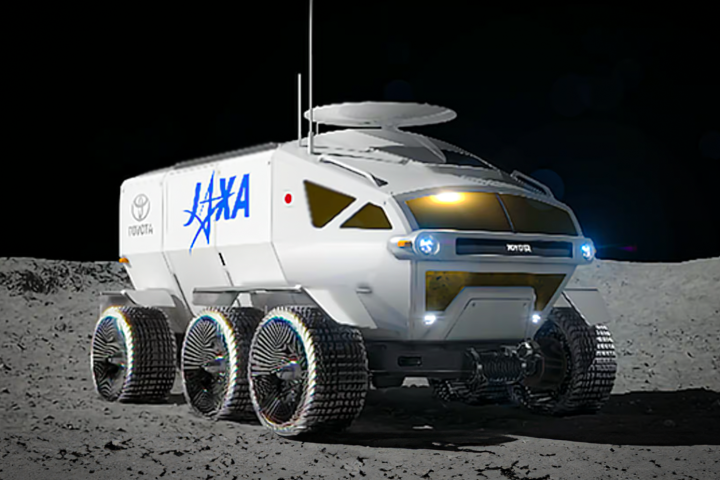Back in April, we heard how scientists at Israel's Tel Aviv University had 3D printed a miniature heart using human biological material. Well, utilizing somewhat similar technology, American researchers have now printed a li'l human heart of their own.
The organ was created by a team from Chicago-based biotech firm BIOLIFE4D, led by Chief Science Officer, Dr. Ravi Birla.
To begin the process, white blood cells obtained from a human volunteer were converted into induced pluripotent stem cells, which were in turn prompted to differentiate into various types of cardiomyocytes (heart cells). These were mixed with nutrients and a growth material, forming the company's proprietary bio-ink.
That ink was then extruded through the nozzle of a specialized bioprinter, along with a supporting transparent matrix material. In this way, the tiny heart was built up layer-by-layer, with the matrix temporarily holding everything in the desired shape. That shape was based on an MRI scan of the volunteer's real heart.
The printed object was then placed in a bioreactor, which mimicked conditions within the human body. This caused the cardiomyocytes to self-organize, fusing together to form solid cardiac tissue. What resulted was a full (albeit small) human heart, which the matrix material could then be dissolved off of.
According to BIOLIFE4D, the bioprinted heart contains four internal chambers – just like the real thing – and "is replicating partial functional metrics compared to a full-sized heart." We're still waiting to hear back from the company, as to whether or not that means it actually beats.
It is now hoped that once the technology is developed further, it could be used to print full-sized hearts for transplant. Because the organs had been "grown" from the patient's own cells, rejection by the immune system likely wouldn't be an issue.
The 3D bioprinting process is illustrated in the video below.
Source: BIOLIFE4D




